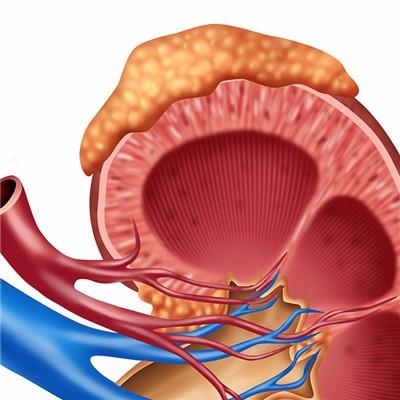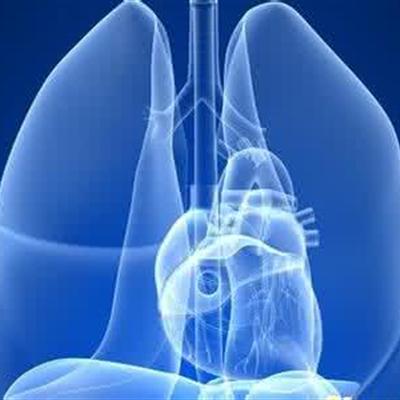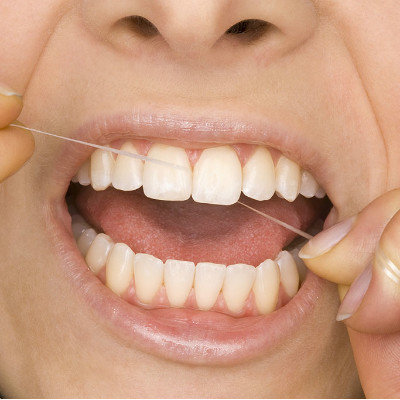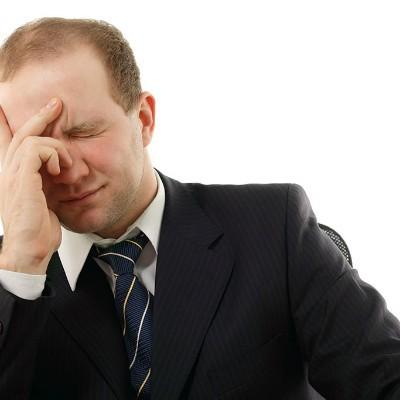What is pulmonary bulla
summary
A few days ago, a colleague got sick and suffered from pulmonary bullae. There was a kind of chest tightness and shortness of breath. So, what is pulmonary bullae? Let's talk about it.
What is pulmonary bulla
First of all, pulmonary bullae is also a disease called pulmonary bullae, which refers to the air sac containing cavity formed in the lung tissue due to the increase of pressure in the alveolar cavity and the rupture and fusion of the alveolar wall due to various reasons. At present, the vast majority of bullae surgery can be completed under video-assisted thoracoscopy, 2 / 3 of the patients with postoperative symptoms improved significantly. This disease is not only single, but also multiple.
Secondly, the symptoms of patients with pulmonary bullae are closely related to the number and size of bullae and whether they are associated with underlying lung diseases. Small, small, simple bullae may be asymptomatic, sometimes only occasionally found on chest X-ray or CT. Large volume or multiple pulmonary bullae may have chest tightness, shortness of breath and other symptoms. In particular, patients with giant bullae larger than 1 / 2 of the volume of one side of the chest, or with COPD, often have obvious chest tightness, shortness of breath and other symptoms. Pulmonary infection may occur in bullae. A few patients with bullae have hemoptysis and chest pain.
Finally, pulmonary bullae are usually secondary to inflammatory lesions of small bronchus, such as pneumonia, tuberculosis or emphysema. There are also some idiopathic pulmonary bullae with unclear etiology. After inflammatory lesions of small bronchus, edema and stenosis appear, and the lumen is partially blocked, resulting in valvular effect, so that the air can enter the alveoli and is not easy to discharge, resulting in increased pressure in the alveoli; at the same time, inflammation damages the lung tissue, and the alveolar wall and septum are gradually broken due to increased pressure in the alveoli, and the alveoli fuse with each other to form a large gasbag containing cavity. Under the microscope, the alveolar walls were flat epithelial cells, sometimes only fibrous membrane or fibrous connective tissue existed.
matters needing attention
After suffering from pulmonary bullae, you should not drink or smoke in your diet. You should increase nutrition, eat more high-quality protein, eat more vitamin rich food, and eat less stimulating food.












